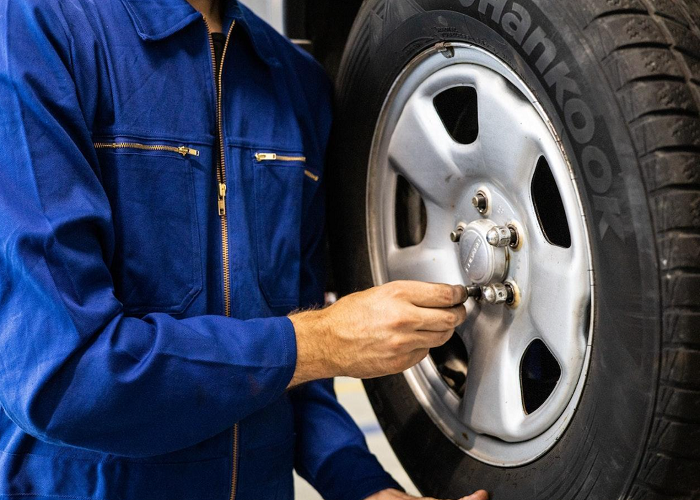Maintaining good functionality throughout your bus fleet requires that you remain on top of vehicle maintenance regularly.
Maintenance can significantly impact the time a vehicle is out of service and the frequency with which it requires expensive repairs. While it is impossible to eliminate all factors that can lead to collisions or breakdowns, it is possible to reduce the likelihood of both. In addition, adhering to a bus fleet maintenance plan may make your cars last longer, keep your drivers and the general public safer, and save you money.
So if you run a vehicle rental for event rentals Toronto customers use or the like, here are six different preventative maintenance strategies for bus fleets that may help you save time, money, and hassles.
-
Gain an Understanding Of The Cost Of Maintenance
Any activity that involves a routine may seem unimportant. However, managing a bus fleet is a kind of routine involving the crucial need for maintenance, which can be costly.
By understanding the potential maintenance costs, you can easily see the value of maintenance in the long run. Regular maintenance, such as changing the oil, inspecting and rotating the tires, and changing the tire pressure, can:
- Help the environment while saving money by requiring lower fuel use from cars.
- Avoid causing harm to neighbouring engine components or operations.
- Avoid the expenses and inconvenience of downtime caused by repairs caused by improper maintenance.
-
Provide A Checklist Of Tasks To Complete Regularly
You may have a firm grasp on the fundamentals of vehicle maintenance, but just because you do, doesn’t mean it applies to the rest of the staff involved in the care. Do also keep in mind that you will not be handling the maintenance on certain days.
Keeping a checklist of routine maintenance activities that need to be completed helps you and your team ensure that no essential aspects are overlooked.
Be sure to include the most fundamental parts of vehicle functioning and maintenance in your documentation and scheduling procedures and those that need evaluation less often or yearly.
-
Identify responsibilities
Within your bus fleet, who is responsible for checking and inflating tires? For receiving and responding to manufacturer recall notices? For scheduling timing belt replacements?
To stay on top of bus fleet maintenance, your team needs to know who is responsible for what.
- Make sure the responsibility includes the following:
- The pre-scheduling of routine maintenance
- Record-keeping and scheduling accessible to multiple eyes
- Performing inspections and following up on their results
- Vehicle performance review at regular intervals
- Immediate and long-term follow-up to collisions, accidents, and breakdowns
-
Make Tires a Team Issue
Tire condition and pressure checks during routine maintenance are essential, but tires need more constant attention. You also want to ensure drivers understand their role in inspecting and filling tires.
-
Do the Math on the Fleet’s Value
How long should you keep a vehicle on the road before retiring or reselling it? Figuring out the tipping point of the cost of maintenance and truck repair with London professionals versus purchasing a replacement depends on multiple factors.
-
Respond to Minor Repairs Quickly
Preventative maintenance is a must. But responding quickly to minor repairs is essential to boost safety, fuel economy, and vehicle life.
Moreover, when drivers can’t access the maintenance supplies they need on the road, it can end in delayed repairs and higher costs, and you wouldn’t want that.
With the right maintenance practices, your bus fleet will remain in tip-top shape since it will be easier for you to determine the possible services needed, such as transmission service in Pickering, that will prevent costly repairs in the future.


